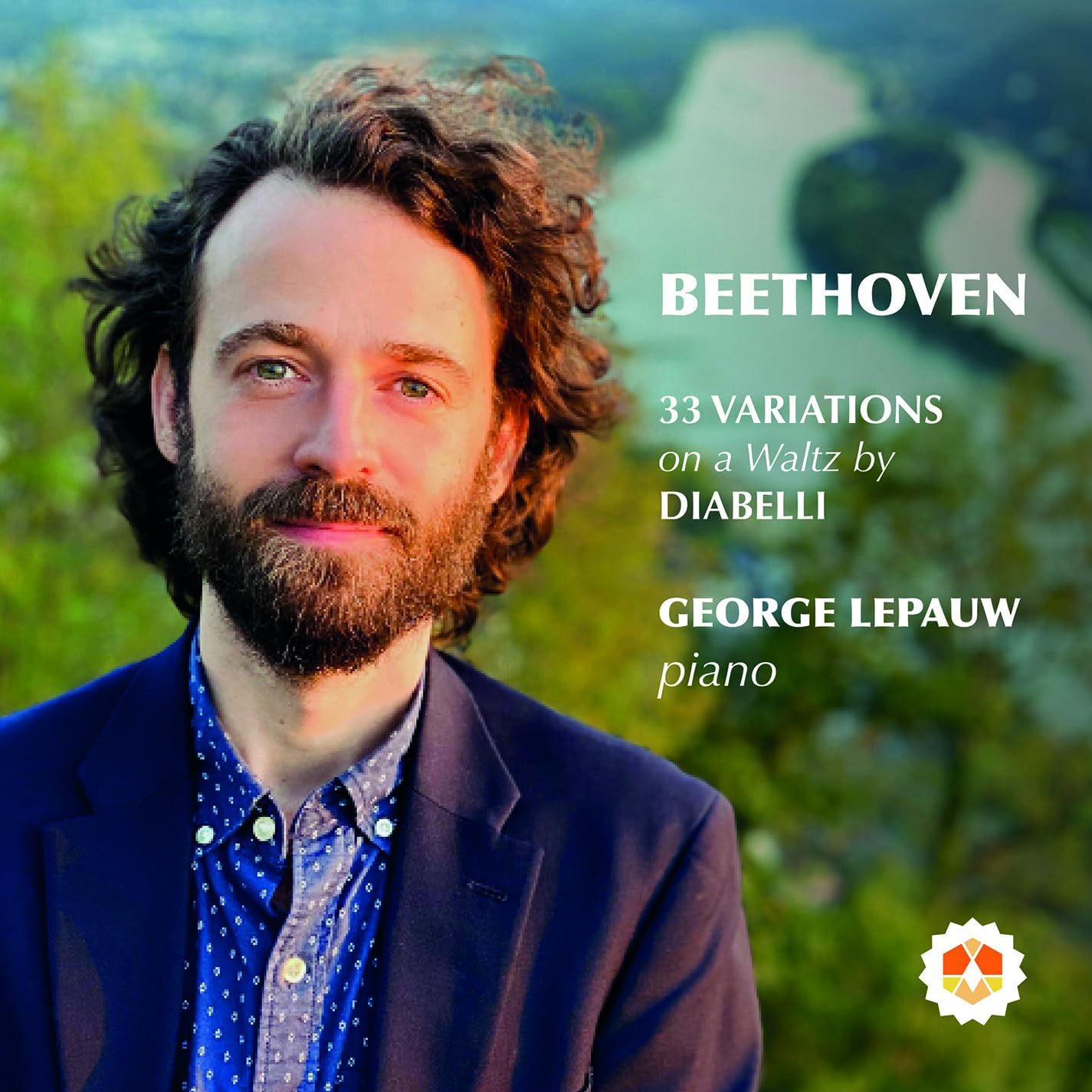 Beethoven: Diabelli Variations, Debussy: Préludes George Lepauw (piano) (Orchid Classics)
Beethoven: Diabelli Variations, Debussy: Préludes George Lepauw (piano) (Orchid Classics)
Beethoven and Debussy don’t often share column space, but listening to these albums in succession proved to be an enjoyable experience. George Lepauw’s 2017 set of Bach’s Well-Tempered Clavier has long been one of my favourites, so I was keen to hear how he tackled Beethoven’s vast, multi-faceted Diabelli Variations. These aren’t variations in the Goldbergian sense: Beethoven’s German title for the work translates more accurately as ‘transformations’, and we frequently lose sight of the Diabelli’s innocent, unassuming waltz theme. Lepauw relishes the eccentricities and oddities, each variation’s character brilliantly rendered. He can be cantankerous and quicksilver by turns (try Variations 9 and 10) and he’s always alert to Beethoven’s sense of humour. And then you get to the enigmatic Variation 20, an enigmatic procession of slow chords, paced to perfection here. You might already have Arrau or Brendel in your collection, but Lepauw deserves a place alongside them.
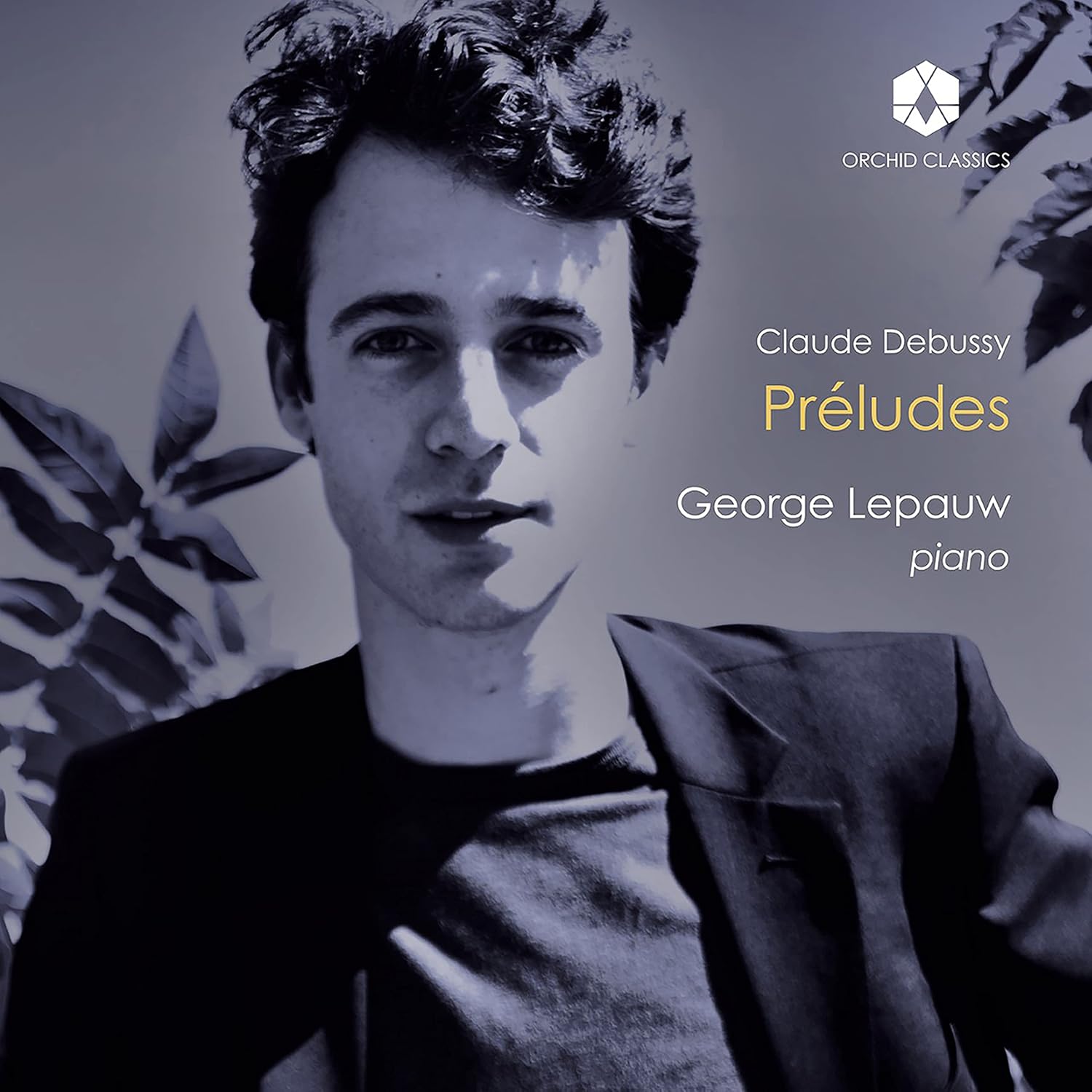 Lepauw’s Debussy Préludes were taped in 2007 (see the cover photo!); quite why a performance this good has been sat on the shelves for nearly twenty years is a bit of a mystery. He describes it in the sleeve notes as “an honest portrait of the artist I was then”, its “special and unique energy” leaping out of the speakers nearly two decades on. Part of the appeal is the recording quality: Lepauw’s Debussy never sounds mushy or indistinct, the bell sounds of "La cathédrale engloutie" thrillingly immediate, the rapid staccato notes opening “La sérénade interrompue” bright and clear. Listen through headphones in a dark room and you’ll be transported, Debussy’s footsteps and gusts of scented air palpable. Book 2 is especially memorable: “Feuilles mortes” is appropriately sombre, “Canope” elusive and “Les tierces alternées” electrifying. Lepauw finds menace as well as excitement in the closing firework display, the final bars more ominous than celebratory.
Lepauw’s Debussy Préludes were taped in 2007 (see the cover photo!); quite why a performance this good has been sat on the shelves for nearly twenty years is a bit of a mystery. He describes it in the sleeve notes as “an honest portrait of the artist I was then”, its “special and unique energy” leaping out of the speakers nearly two decades on. Part of the appeal is the recording quality: Lepauw’s Debussy never sounds mushy or indistinct, the bell sounds of "La cathédrale engloutie" thrillingly immediate, the rapid staccato notes opening “La sérénade interrompue” bright and clear. Listen through headphones in a dark room and you’ll be transported, Debussy’s footsteps and gusts of scented air palpable. Book 2 is especially memorable: “Feuilles mortes” is appropriately sombre, “Canope” elusive and “Les tierces alternées” electrifying. Lepauw finds menace as well as excitement in the closing firework display, the final bars more ominous than celebratory.
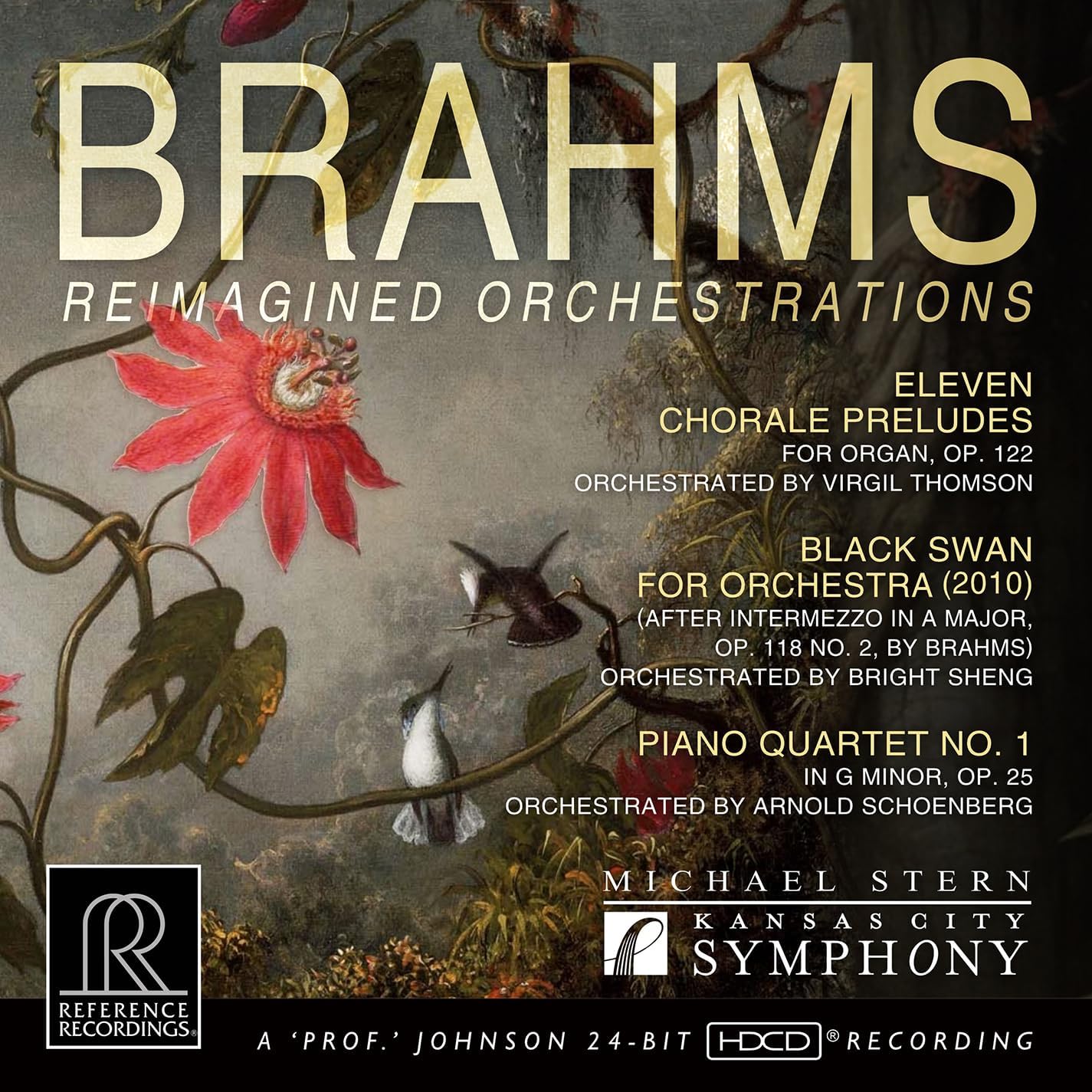 Brahms: Reimagined Orchestrations Kansas City Symphony/Michael Stern (Reference Recordings)
Brahms: Reimagined Orchestrations Kansas City Symphony/Michael Stern (Reference Recordings)
This beautifully produced disc (replete with sleeve notes in a font that doesn’t require a magnifying glass to decipher) is a winner: three of Brahms’s chamber and instrumental works heard in orchestral transcriptions, very well played by Michael Stern’s Kansas City Symphony with spectacular engineering courtesy of Reference Recordings’ legendary Keith O. Johnson. Naturally, Schoenberg’s version of the G minor Piano Quartet is the most substantial item, coupled with two intriguing rarities. Virgil Thomson orchestrated Brahms’s Eleven Chorale Preludes in the late 1950s. The composer’s final work, their creation was prompted by the death of Clara Schumann. I find the organ originals a tad chilly and uninviting; Thomson’s reworkings give the Lutheran chorale melodies colour and warmth and mostly sound authentically Brahmsian, even when he’s using glockenspiel or muted trumpets as solo instruments. Try “Oh Faithful Heart Rejoices” – eighty seconds of good humoured spiritual uplift. There are two contrasting settings of “My Heart is Filled with Longing” and Thomson has his orchestra imitating an organ in the final chorale, “O World, I now Must Leave Thee” before a serene payoff. Bright Sheng’s Black Swan for Orchestra is an enjoyable arrangement of the introspective A major “Intermezzo” from Brahms’s Op. 118 Six Pieces. Much of it sounds like a discarded symphonic movement, with Sheng’s woodwind writing especially idiomatic.
Robert Craft’s fast, furious 1960s LP of the Piano Quartet is still my go-to account, but this new live recording ticks all the right boxes. Stern’s first movement development is suitably stormy and the coda is very dark indeed. The Kansas City percussion section really let rip in the third movement’s crazed march section, and the finale is a riot. Lower strings really dig in, and there’s a spectacular, klezmer-like clarinet solo before the cadenza. A fabulous album.
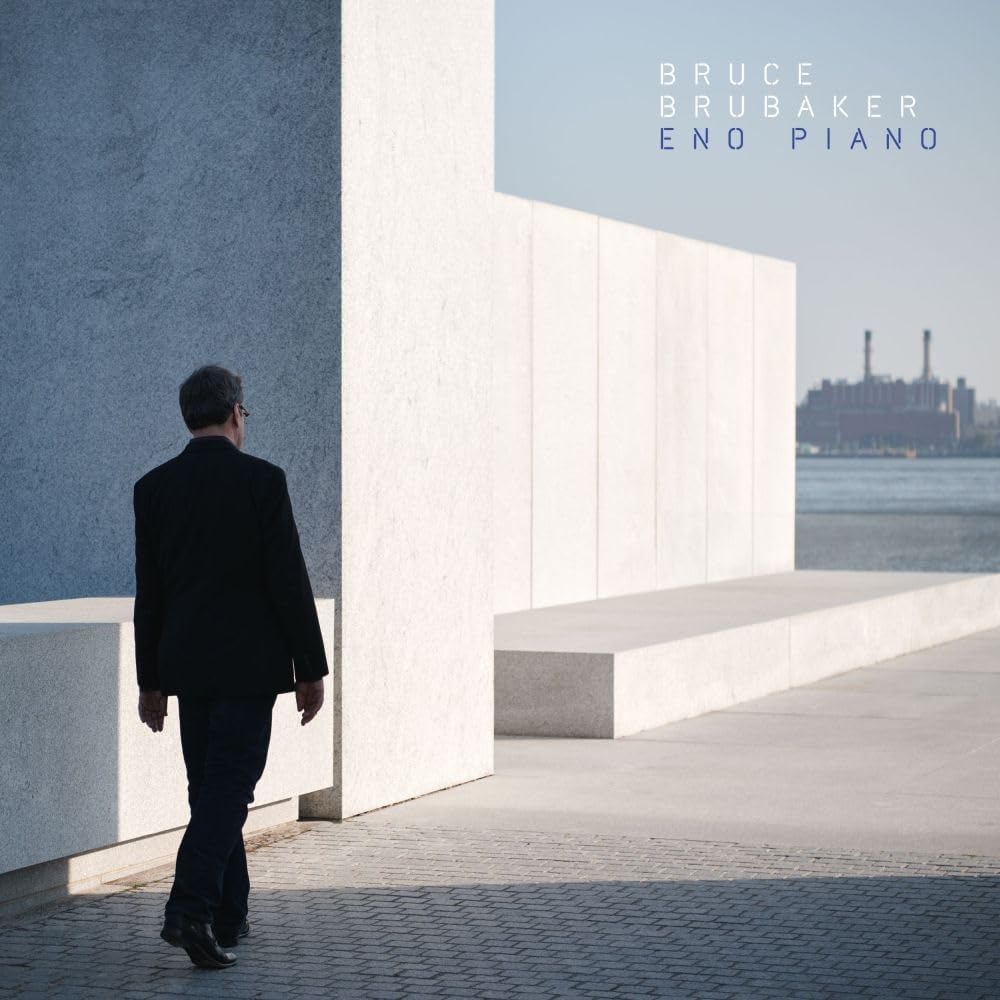 Eno Piano Bruce Brubaker (infiné)
Eno Piano Bruce Brubaker (infiné)
Transcribing music which hasn’t actually been written down is a risky business, though turning a work which seems to exist in the moment into a series of dots on a page can be revelatory if done well. Two recent releases on the Greyfade label pull it off, as does this collection of pieces by Brian Eno arranged and performed by pianist Bruce Brubaker. Eno’s 1978 ambient album Music for Airports has already been acoustified, brilliantly, by New York’s Bang on a Can. Eno’s aim was to use tape loops to painstakingly create something “deliberately austere and unemotional”. I’m not convinced that he succeeded: the album’s extended opening track, “1/1” is a beguiling, beautiful creation which transfers seamlessly to solo piano in Brubaker’s hands.
Two other tracks from the album appear here, the originals’ synthesiser chords realised by equipping a Steinway with electromagnetic bows to make particular strings vibrate. The pedal notes in “2/2” are now a sustained, seismic rumble, Brubaker’s bright chords ringing out above. The effect is magical. “By This River” (from 1977’s Before and After Science) repeats the trick. Particularly effective is the closer, “Emerald and Stone” from 2010. This is the closest thing to ‘conventional’ piano music on the album, Brubaker relishing the bright, bell-like chords and unexpected chord changes. A lovely disc, nicely engineered.
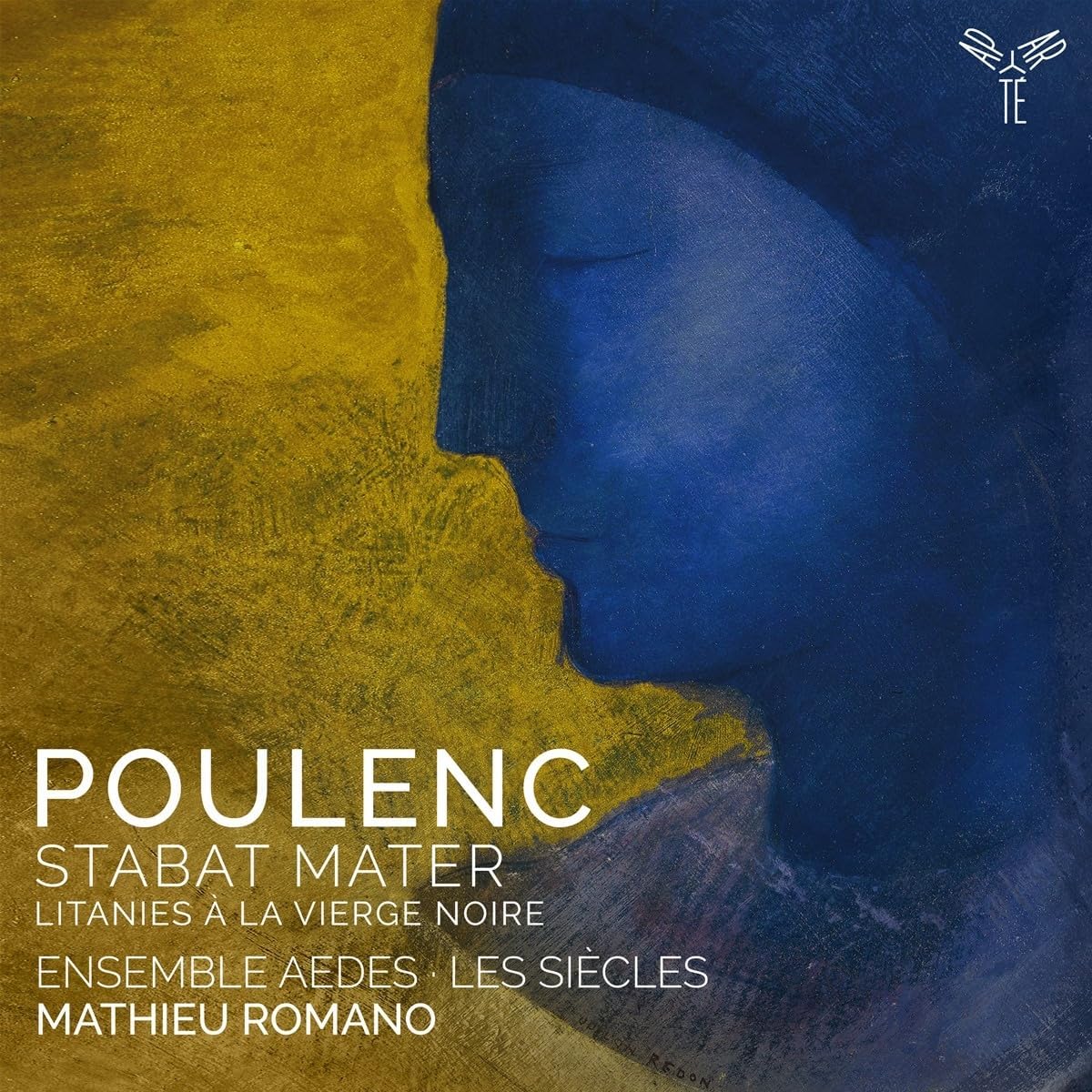 Poulenc: Stabat Mater Ensemble Aedes, Les Siècles/Matthieu Romano (Aparté)
Poulenc: Stabat Mater Ensemble Aedes, Les Siècles/Matthieu Romano (Aparté)
Last year I reviewed (enthusiastically) these forces’ recording of Stravinsky’s early orchestration of his ballet Les Noces. Here they return with a “period instrument” approach to mid-20th century sacred music with Poulenc’s Stabat Mater. The album takes a bit of a while to warm up. The opener is Poulenc’s Litanies à la Vierge noire, for women’s chorus and organ. The composer’s first sacred work, it’s quite earnest and forbidding, wearing its religiosity sincerely on its sleeve, without any of the lightness of most of Poulenc. It’s slightly hard going. Next up is Clément Janequin’s O doulx regard, o parler gratieux, its inclusion justified as an influence on Poulenc, but – although perfectly well sung – it really doesn’t belong on this disc.
And then the fun starts, if “fun’ is the right word for any setting of the Stabat Mater. The medieval text is one of the prime expressions of grief in western culture, and in this case inspired by the death in 1949 of a theatre designer friend of Poulenc’s. But Poulenc can’t help himself from setting it colourfully, with elements of quirky, sometimes effulgent, harmony and details of orchestration that Les Siècles revel in bringing out. The rumblings and wrigglings at the start of “Cujus animam gementem”, the astringent woodwind chords in “O quam tristis” and the genial strings of “Quae moerebat” are all beautifully played and captured in the recording. There is a soprano solo in three of the movements, Marianne Croux, and the “Vidit suum” in particular is exquisite, in the same vein as Poulenc’s later soaring Gloria. The chorus are a constant presence, whether in quiet contemplation or the more dramatic “Quis est homo”, sounding very French throughout. My previous go-to recording of the Stabat Mater is Paavo Järvi’s with the Orchestre de Paris from 2012, but this one has the edge in the vividness and bite of the orchestral playing, less polite and refined than Järvi’s. Likewise, Ensemble Aedes are less of a thick-pile carpet and – as in the Stravinsky from last year – more of a hardwood floor, less immediately comfortable but perhaps more enjoyable to traverse. Bernard Hughes
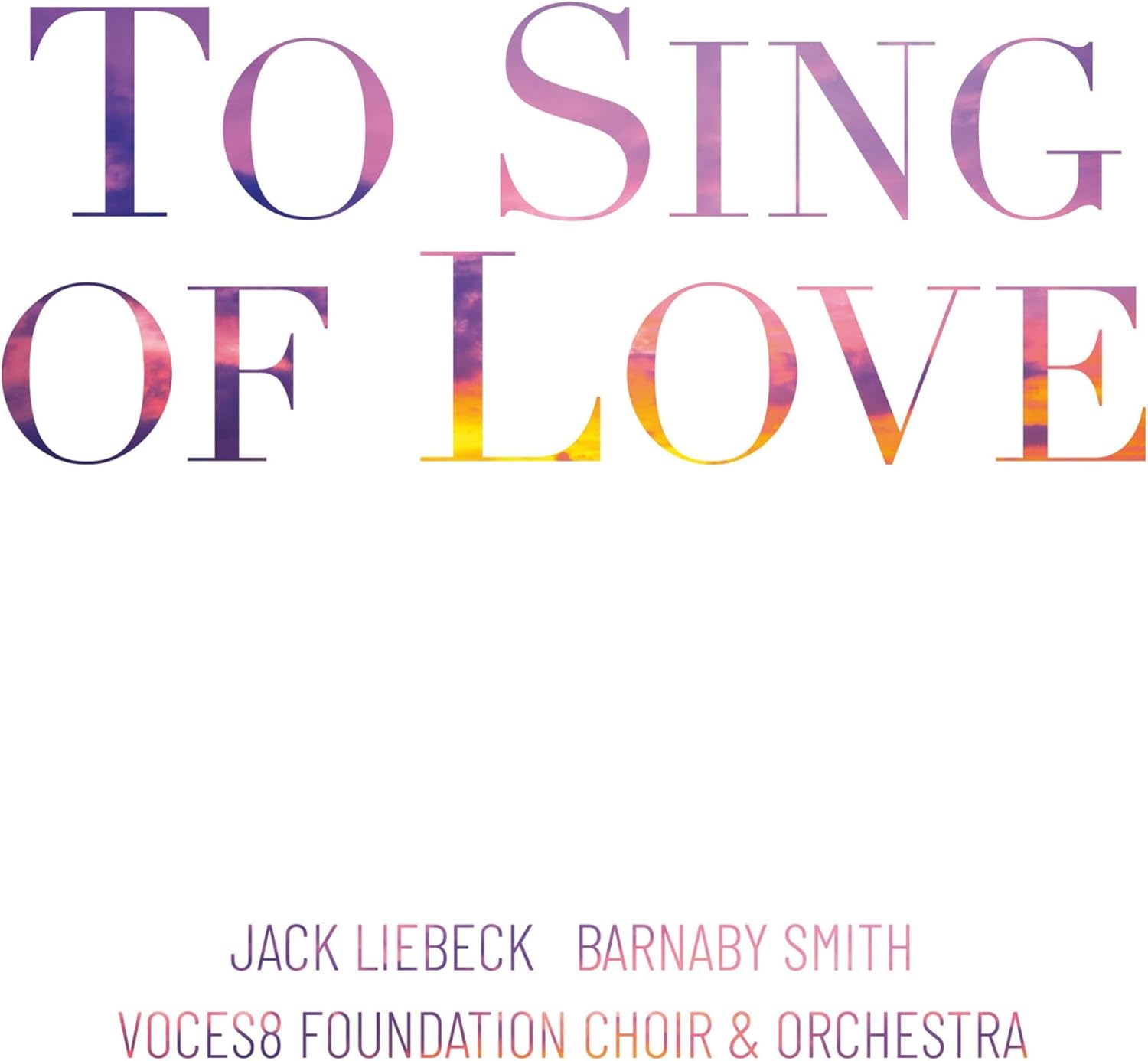 To Sing of Love Jack Liebeck (violin), Voces8 Foundation Choir and Orchestra/Barnaby Smith (Voces8 Records)
To Sing of Love Jack Liebeck (violin), Voces8 Foundation Choir and Orchestra/Barnaby Smith (Voces8 Records)
Voces8 continue their steady stream of high-quality releases, this time not Voces8 alone, but the bigger Foundation Choir and Orchestra, under the baton of the group’s founder and artistic director Barnaby Smith. The main attraction for me was Britten’s Rejoice in the Lamb, in Imogen Holst’s delightful arrangement for small orchestra. There is, as far as I can see, one previous recording of this version currently available, by Clare College and Graham Ross in 2012. This one has a lovely spry energy in the faster passages, but is more spacious than Ross in the slow sections. The clarinet and oboe solos (Julian Bliss and Ilid Jones) are colourfully characterised, as are the vocal solos by members of Voces8, showing why they are the best in the business – especially Andrea Haines’ “For I will consider my cat Jeoffry”. The fast sections fly and the slow ending shimmers and the “poor silly fellow” bit has a real bite, sending chills down the spine.
Jack Liebeck plays The Lark Ascending in a version by Paul Drayton and Barnaby Smith that incorporates choir as well as orchestra. It threatens to gild the lily a bit, but there is also something revelatory about hearing the long sustained chords of the accompaniment chorally, sitting back in the mix among the strings. Liebeck is very much at home in Vaughan Williams – he released a well-received recording of the Violin Concerto only this year – and his approach to the solo part is appropriately self-effacing. The new work on the album is Taylor Scott Davis’s substantial triptych To Sing of Love, written for Barnaby Smith’s wedding. It’s a warm, personal piece, mostly in contemplative mode. It is both romantic and Romantic, with a chocolatey harmony that Liebeck’s violin line adds just enough piquancy to. The whole album is as classily put together as we have come to expect from Voces8, not least in Adrian Peacock’s flawless audio production. Bernard Hughes













Add comment